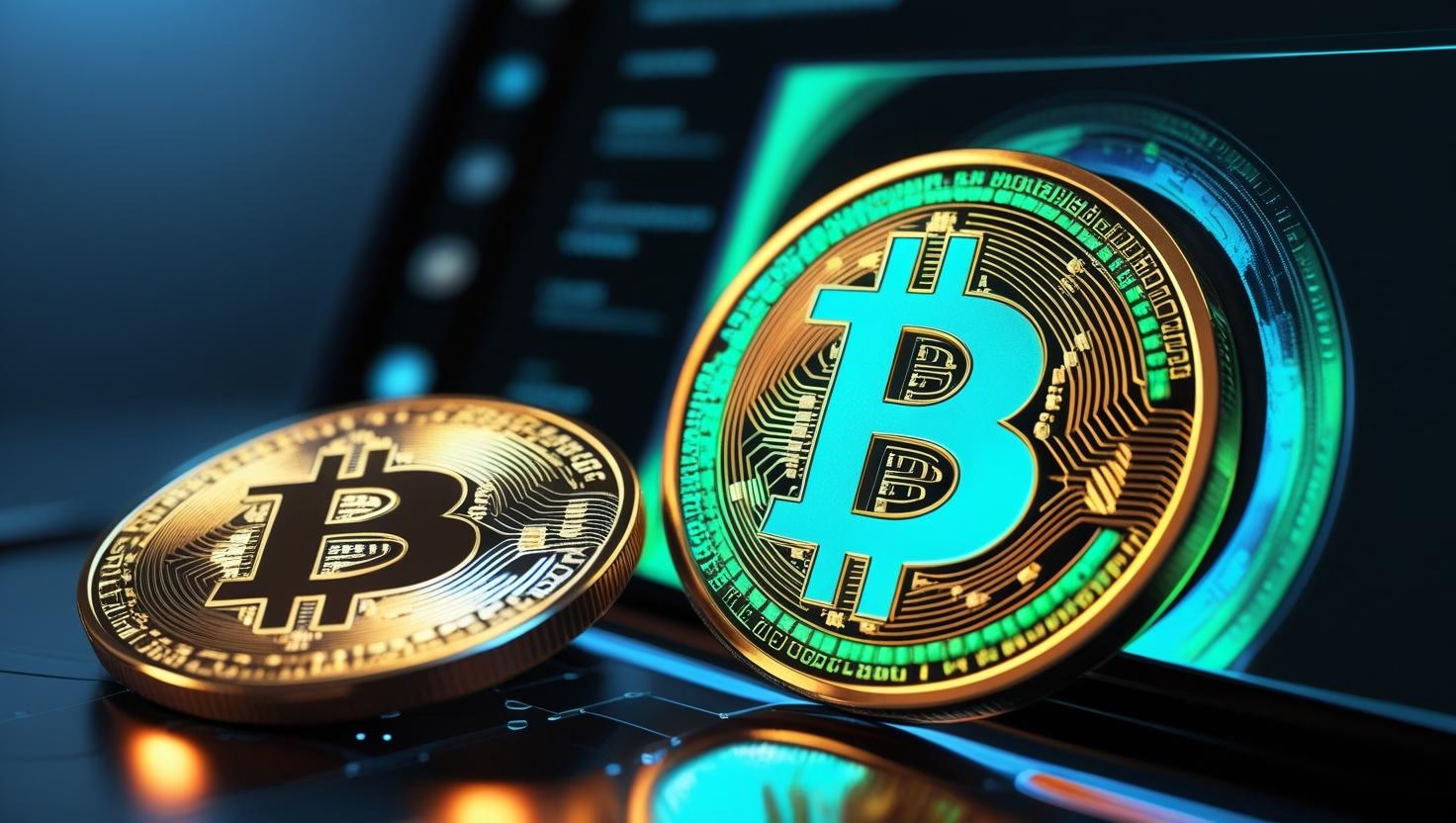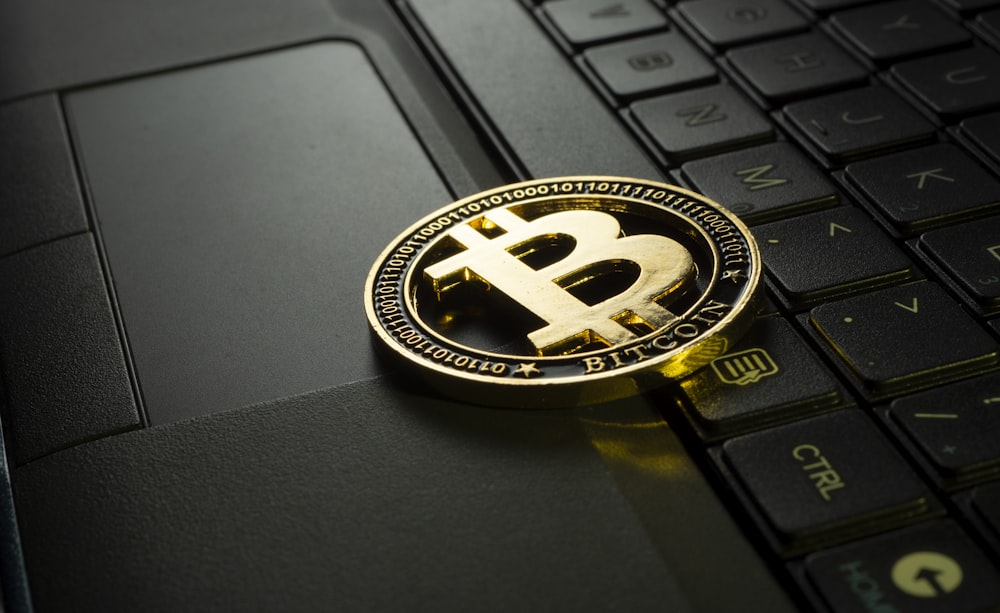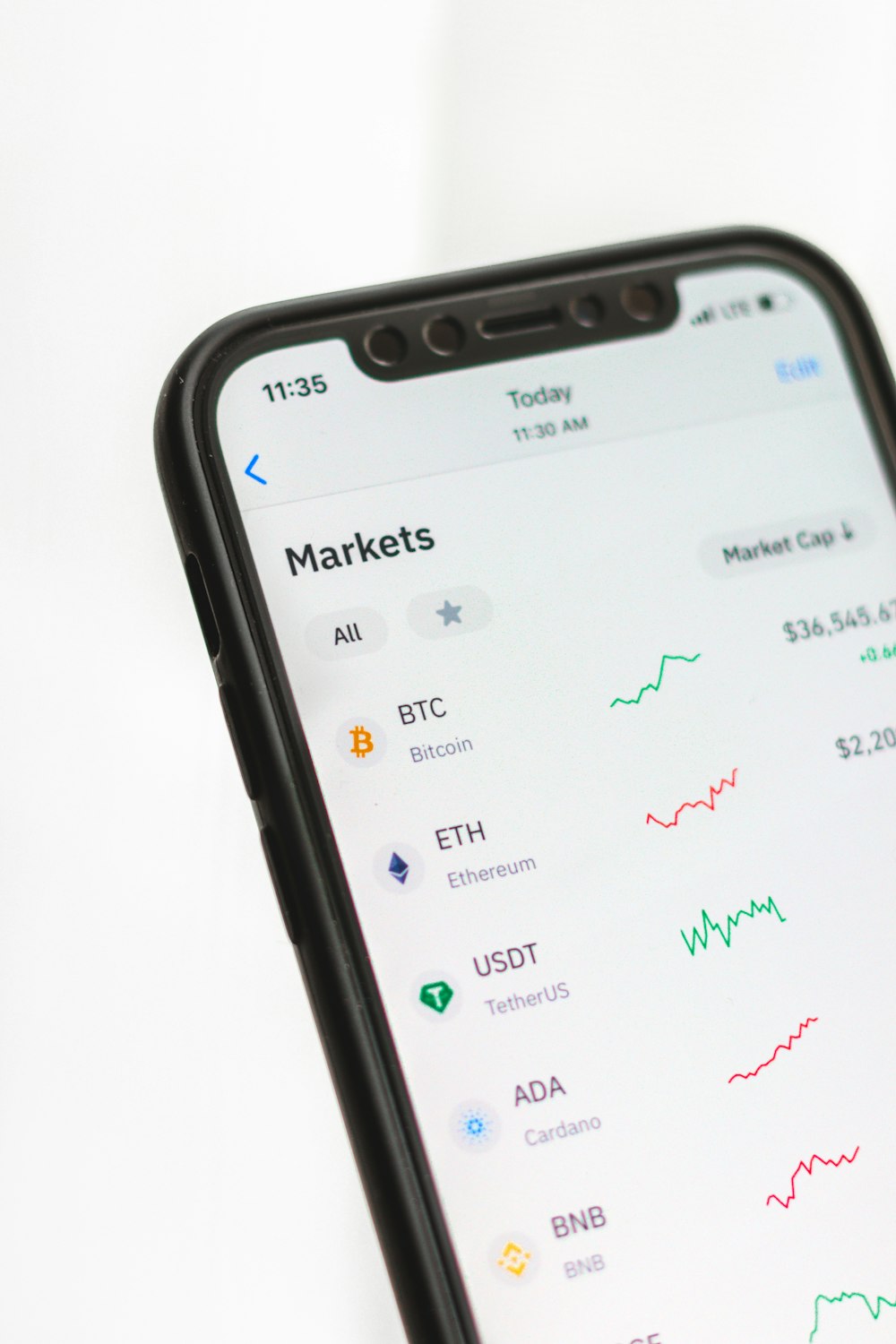
Bitcoin: The Human Story Behind Digital Gold
In January 2009, an anonymous programmer released Bitcoin to the world – a digital currency free from government control. Today, it’s a $1 trillion rollercoaster that’s made millionaires, destroyed savings, and become either the future of money or history’s greatest speculative bubble, depending on who you ask.
This is the human story of Bitcoin – not just charts and jargon, but the real dreams, betrayals, and psychological warfare happening in this digital gold rush. We’ll explore how Bitcoin really works, who controls it, and whether it could actually replace traditional money – or leave most holders with nothing but digital dust.
The Bitcoin Dream vs. Reality
Bitcoin’s origin story reads like digital folklore: An unknown genius (or group) named Satoshi Nakamoto creates a perfect, decentralized currency just as banks were failing in 2008. The promise was revolutionary:
- No government can inflate it (only 21 million will ever exist)
- Transactions can’t be censored
- No banks needed – you control your money
- Pseudonymous payments
But the reality after 15 years is more complicated:
- 46% of Bitcoin is held by just 0.01% of addresses
- Mining is now dominated by professional operations using specialized hardware
- Transaction fees can spike to $50+ during congestion
- Most “decentralized” exchanges are actually controlled by a few entities
How Bitcoin Really Works: Beyond the Hype
The Mining Illusion
New Bitcoins enter circulation through “mining” – computers solving complex math problems. The reality:

- Mining is now concentrated in a few countries with cheap electricity (like Kazakhstan and Texas)
- The top 3 mining pools control over 50% of the network
- Mining difficulty adjusts automatically – more miners means harder puzzles, not more coins
The Whale Game
Bitcoin’s price isn’t set by “the free market” but by a complex game between:
- Whales – Entities holding 1,000+ BTC ($60M+) who can move markets
- Institutional Investors – Like BlackRock and Fidelity’s Bitcoin ETFs
- Exchanges – Where wash trading and spoofing still occur
- Retail Traders – Who typically buy high and sell low
The Halving Cycle
Every 4 years, Bitcoin’s mining reward halves (next in 2028). Historically this led to bull runs:
2012 Halving
Reward: 50 → 25 BTC
Price before: $12
18 months later: $1,100
2016 Halving
Reward: 25 → 12.5 BTC
Price before: $650
18 months later: $20,000
2020 Halving
Reward: 12.5 → 6.25 BTC
Price before: $8,500
18 months later: $69,000
2024 Halving
Reward: 6.25 → 3.125 BTC
Price before: $63,000
Future: ?
The Psychological Warfare of Bitcoin
Bitcoin isn’t just technology – it’s a psychological battleground where:
1. FOMO (Fear of Missing Out) Drives Buying
When prices rise, media coverage sparks frantic buying – often at peaks
2. FUD (Fear, Uncertainty, Doubt) Triggers Selling
Negative news (like China bans or exchange collapses) cause panic selling
3. The HODL Meme
Born from a typo in 2013, “HODL” became the cult-like mantra to never sell
Bitcoin Price Predictions: Expert Fantasies?
Bull Case (Optimists)
- Cathie Wood (ARK Invest): $1.48M by 2030 (Institutional adoption)
- Michael Saylor (MicroStrategy): $250K by 2025 (Digital gold narrative)
- PlanB (Stock-to-Flow model): $100K+ post-2024 halving
Gold in 2025: Boom or Bust?
Bear Case (Skeptics)
- Nouriel Roubini: $0 (Calls it “mother of all bubbles”)
- Warren Buffett: “It doesn’t produce anything”
- Goldman Sachs: $30K fair value estimate (2023 report)
How to Invest in Bitcoin (Without Losing Your Shirt)
1. The 1% Rule
Never invest more than 1-5% of your net worth in Bitcoin. The volatility will shock you.
2. Dollar-Cost Average (DCA)
Invest fixed amounts weekly/monthly rather than lump sums. Smooths out volatility.
3. Cold Storage
If holding long-term, use a hardware wallet (like Ledger or Trezor). Exchanges get hacked.
4. The Sleep Test
If a 50% drop would keep you awake, you’re overexposed.
The Future of Bitcoin: 3 Possible Scenarios
Scenario 1: Digital Gold (Most Likely)
Bitcoin becomes a $10T+ store of value like gold, used by:
- Corporations on balance sheets
- Countries as reserve assets
- Individuals as inflation hedge
Scenario 2: Failed Experiment
Replaced by better technology or regulated out of existence due to:
- Environmental concerns
- Government crackdowns
- Technical limitations (slow transactions)
Scenario 3: Global Currency (Least Likely)
Somehow solves scaling issues to become everyday money. Would require:
- Massive technical upgrades
- Global regulatory acceptance
- Stable value (unlike current volatility)

A Human Conclusion
Bitcoin represents something profound – the first truly scarce digital object humanity has created. But behind the code and price charts are real human stories:
- The Venezuelan family saved from hyperinflation
- The Japanese salaryman who lost his life savings in Mt. Gox
- The Miami techie who retired at 30
- The grandmother who can’t access her wallet because she lost the password
If you choose to participate in this experiment, do so with clear eyes:
- Understand it may go to zero
- Never invest what you can’t afford to lose
- Ignore the hype from both maximalists and haters
- Take profits occasionally – no one went broke selling at a profit
In the end, Bitcoin isn’t about technology or money – it’s about human nature. Our greed, our fear, our hope for something better than the current system. Whether it succeeds or fails, it’s already changed finance forever.









